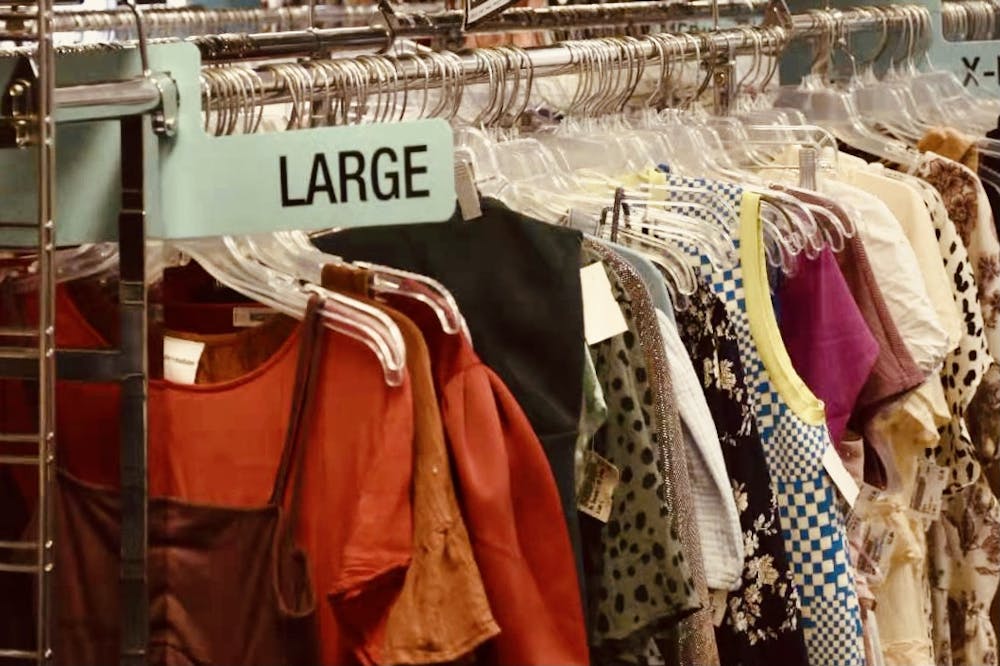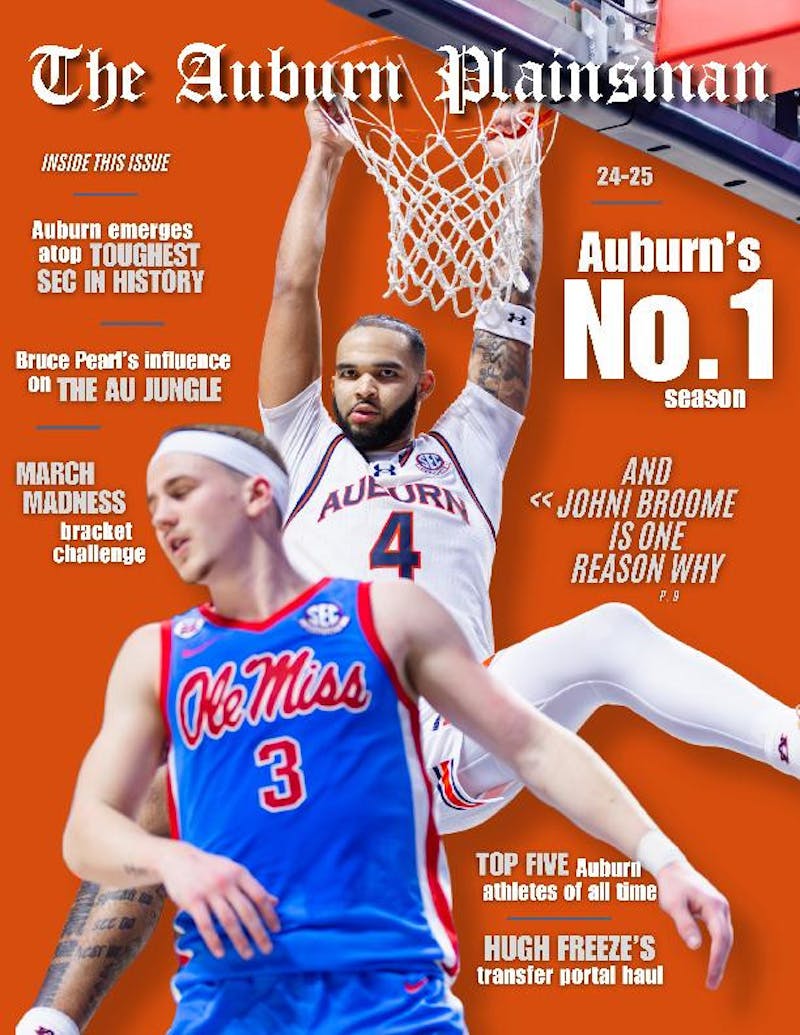The price tags don’t lie. Fast fashion is cheap. According to New York Magazine, the average product at H&M retails for $18. That final price includes raw material cost, manufacturing, packaging, shipping, operating costs and labor, all topped off with a company markup.
With only $18 to work with, how do companies stretch the budget? Who pays for the overflow?
The answer is both humanitarian and environmental. According to experts and activists alike, fast fashion runs off of two involuntary benefactors: underpaid laborers and the environment.
Defined as inexpensive clothing mass produced to satisfy the regenerative trend cycle, fast fashion has become a major player in the modern shopping experience. According to the Wall Street Journal, the average consumer will wear an item seven times throughout the duration of it’s lifespan.
After the seventh wear, the garment will join the 21 billion tons of textiles that end up in landfills each year, according to Vogue. As trend turnover continues to speed up, experts predict this number will only increase.
Sara Kunkel, junior in apparel merchandising and managing editor for SWATCH, believes that technology plays a large role in the decreased lifespan of modern trends.
“We were given the tools, through technology, to overconsume,” Kunkel said.
Now, knee deep in the digital age, services like overnight shipping have conditioned society to expect instant gratification. In order to keep up, online retailers like Fashion Nova release up to 900 new styles every week, according to CEO Richard Saghian.
While consumers can view, save and quickly click “add to cart” from the comfort of their homes, the physical implications of their purchases are being felt thousands of miles away.
The garment industry is notorious for poor labor practices, particularly regarding the use of child labor. According to UNICEF, an estimated 170 million children are employed under conditions that breach child labor laws. Many of these children work in the garment industry, supplying fast fashion retailers with new styles to fuel a worldwide audience.
Experts believe the same technology that normalized overconsumption will be society’s savior from it.
Dr. Young-A-Lee, professor and graduate program officer in the Department of Consumer and Design Sciences at Auburn University, is one of those experts.
Lee realized her passion for sustainability in the garment industry during the 1990s, while spending time in South Korea and surrounding nations.
“Living in the United States, we don’t actually see the factory, how it’s running and the impact it’s giving to the environment. It took me seeing the dark side of the apparel manufacturing industry,” she said.
Since then, Lee has devoted her life’s work to reshaping the garment industry.
In 2017, Lee and her team challenged the way society views textiles by creating a leather substitute made from fermented green tea. The product offers a glimpse into a possible solution for dwindling natural resources.
“It’s repurposing the existing byproduct to create a new material,” Lee said.
Short term, Lee said the future of sustainability lies in the integration of technology into the buying process.
This movement is already underway, with many brands employing virtual try-on options and creating modular designed clothing, otherwise known as garments, that can be deconstructed for multiple purposes. Lee believes garment personalization will encourage consumers to forgo short-lived trends in favor of personal style.
“As consumers, we hold the power. Until we realize that fast fashion isn’t going away,” Kunkel said.
Do you like this story? The Plainsman doesn't accept money from tuition or student fees, and we don't charge a subscription fee. But you can donate to support The Plainsman.
Sabina Crisitello, junior in journalism, is the assistant culture editor at The Auburn Plainsman.






